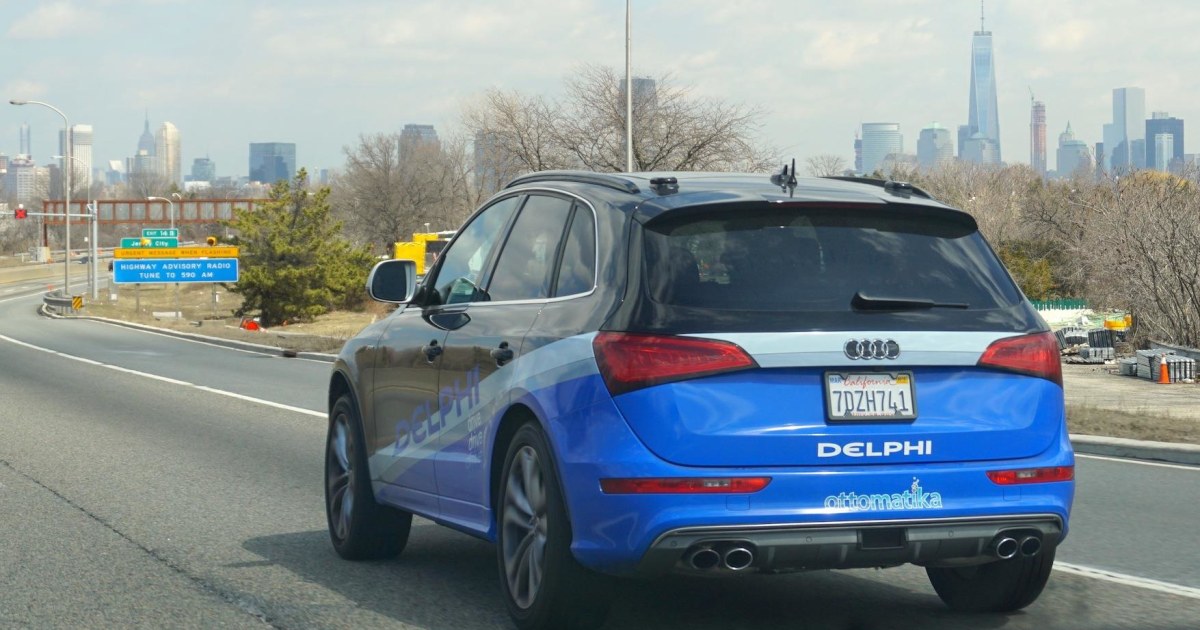The entire drive must be done autonomously, under its own propulsion, with no human input. Humans can help with any parts other than driving and navigation, such as fueling/charging the car and performing repairs. The original route can be chosen by a human, but after that, any updates to the route due to road closures, heavy traffic, running out of gas and needing to go to a gas station, etc. must be decided on by the car.
The car must not break any traffic laws that could reasonably get a human driver in trouble. (e.g. if it sees an object in the road and chooses to swerve into an empty opposite-direction lane in order to avoid the object, that's fine.) It also must not engage in any behavior that is legal but still highly unsafe, such as running into a pedestrian who's in the road illegally without a crosswalk. Other road-related laws that don't have to do with driving capability, such as an expired registration or a law against self-driving cars, won't disqualify the run.
If's fine if there's a human physically inside the car, they just can't provide any control inputs. If a human driver has to take over even once, such as to avoid an unexpected dangerous situation or help the car navigate through a complicated construction area, that disqualifies the trip.
Remote human driving, such as a human in an office looking at sensor feeds and driving the car from there, does not count as "self-driving".
In order for the route to qualify, it must start and end in some urban area, complete with the traditional challenges to self-driving cars that such an area provides. (The goal is to show that the car is capable of handling any type of situation a human driver could, not just highway driving.)
People are also trading
It looks like there was precedent for such a trip in 2015 (although it's not "completely unassisted", it's only 99% unassisted): https://www.nbcnews.com/tech/innovation/driverless-car-completes-cross-country-trip-9-days-n334776
@jfjurchen I don't this should count in the spirit of the market because "human pilots the boat" should count as assistance with navigation.
